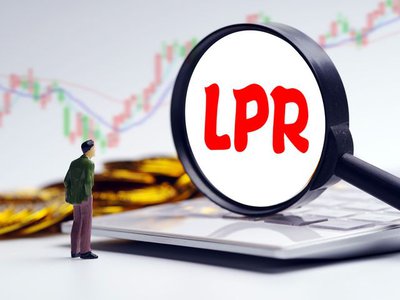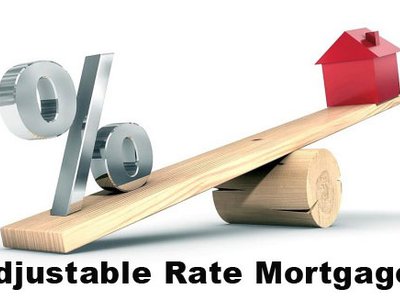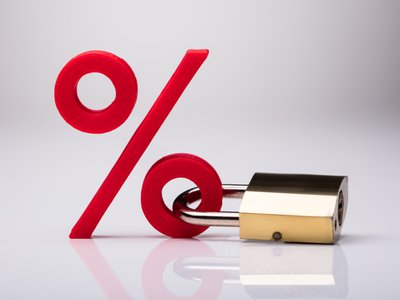Borrowers are able to postpone their loans is through forbearance, which accrues unpaid interest and adds to the overall balance. The new payment is calculated using the new balance.
Jackson State University graduate Cornelius Davis, Jr. said he used forbearance to postpone payments, and it added thousands of dollars more to his loan balance. He said since he wasn’t able to start paying right away, he left it there for seven years.
This means his student loan balance nearly doubled from $38,000 to $72,000.
Davis said knowing what he knows now, he never would have left the loan in forbearance for so long. He said he also never made a payment toward the interest, which is something he regrets. He’s been able to pay off the loan using a private lender at a reduced interest rate.
Experts suggest students use the forbearance method only as a short-term solution to a financial hardship. With extended forbearance, it only leads to excessive debt made worse by student loan providers telling them that the forbearance is the way to go. However, this can lead to difficulties in making payments in the future.
Nelnet, Inc. and Navient Solutions provide such services to U.S. Department of Education loan holders, offering help to customers and collecting their payments.
College Financial Aid Expert Mark Kantrowitz said these servicers tend to push for the forbearance because it’s so easy to do. It takes minutes to tell the student about, and the form can be done by phone. Income-driven repayment forms are 10 pages long and are not telephone accepted.
Experts said loan servicers will tell students about them over the phone but cannot complete the process for them by phone.
According to Kantrowitz, the income-driven repayment plan is time-intensive, and there is a financial push to end telephone conversations quickly.
Experts urge students only to use the forbearance if they cannot pay for a short time. If students postpone their debt, it’s only going to get worse.
Students can avoid falling into the forbearance trap by requesting the income-driven repayment plan or asking the lender to reduce their monthly payments.






